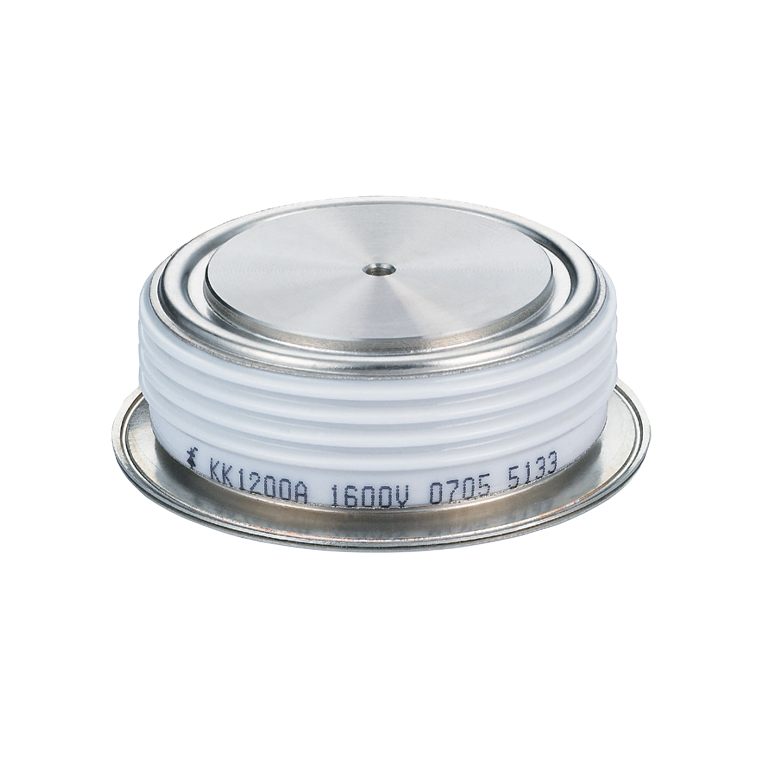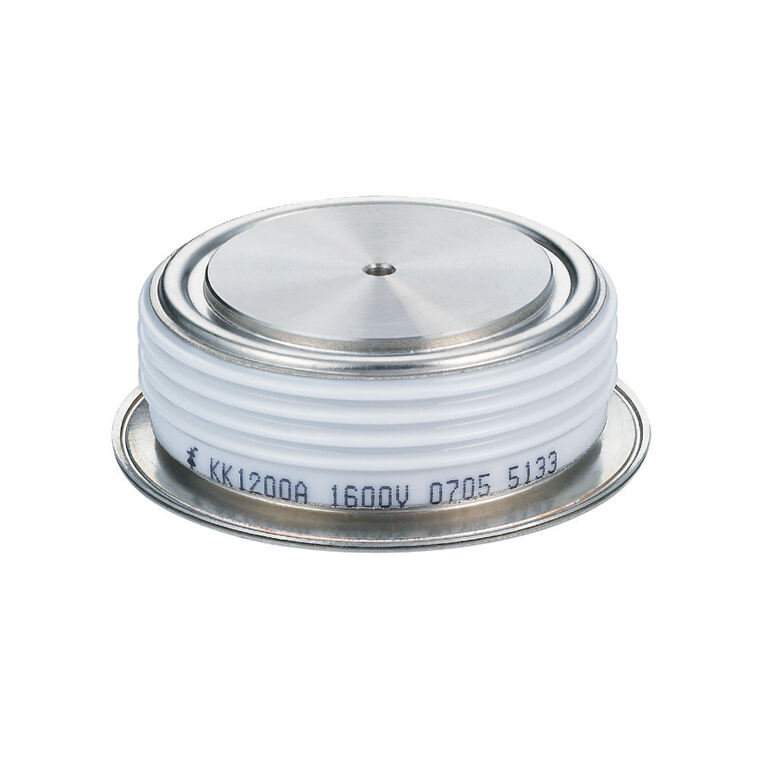ac generator and dc motor
AC generators and DC motors are fundamental electromechanical devices that play crucial roles in modern power systems and machinery. An AC generator, also known as an alternator, converts mechanical energy into alternating current electrical energy through electromagnetic induction. It consists of essential components including a rotor, stator, slip rings, and brushes, working together to produce electricity when mechanical force is applied. The rotating magnetic field within the generator induces voltage in the stationary armature windings, creating a continuous flow of alternating current. DC motors, conversely, transform electrical energy into mechanical energy, operating on the principle that a current-carrying conductor in a magnetic field experiences a force. The motor's key components include an armature, commutator, field magnets, and brushes. When direct current flows through the armature windings, it creates electromagnetic fields that interact with permanent magnets or electromagnets, producing rotational motion. These devices find extensive applications across various industries, from power generation plants and automotive systems to industrial machinery and household appliances. Their reliability, efficiency, and versatility make them indispensable in both large-scale industrial operations and smaller commercial applications.


